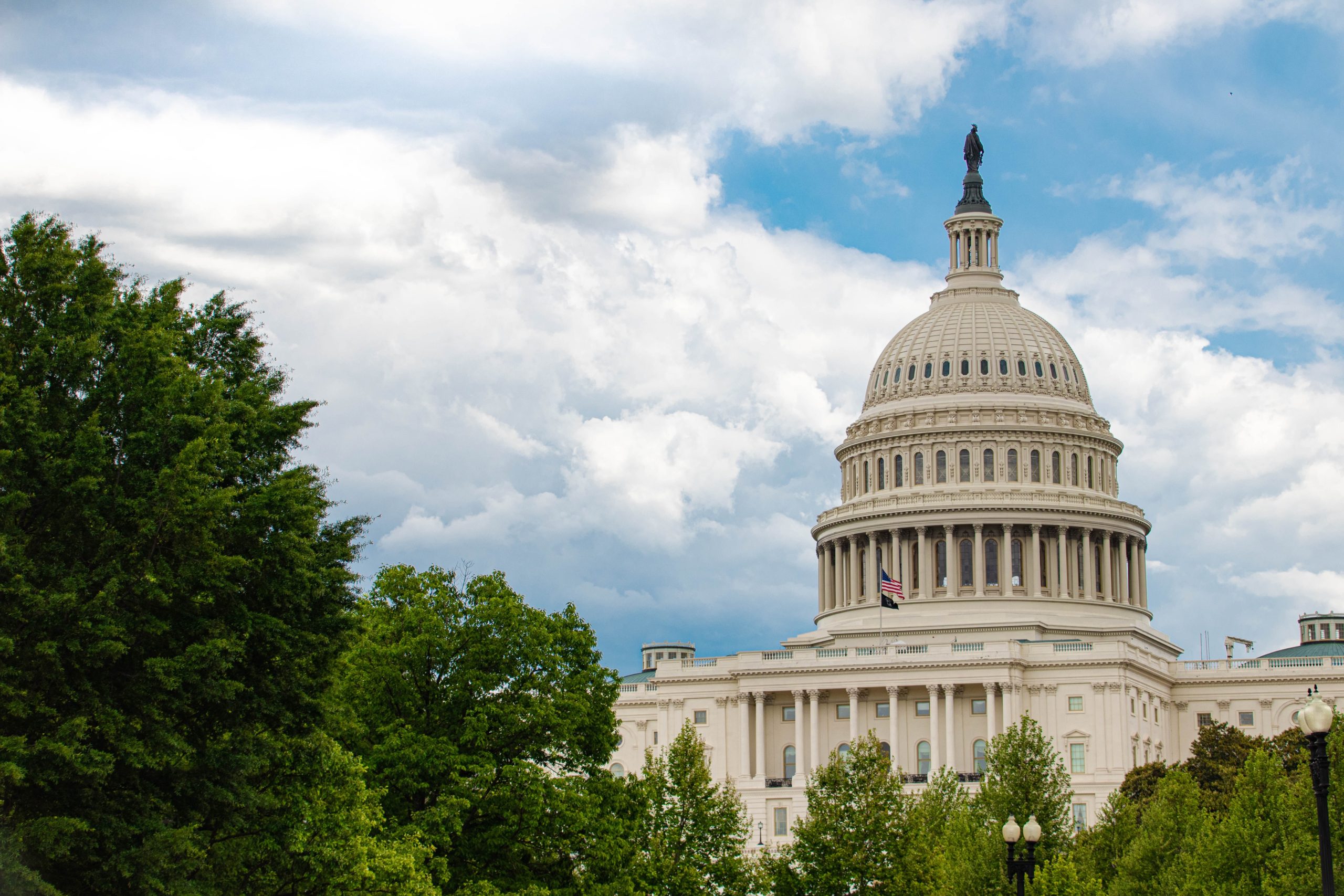AM radio has been a staple of American life for over a century, but it is especially important for diverse communities. AM radio stations often provide niche programming that is not available on other platforms, such as in-language news and music, religious programming and community affairs shows. AM radio stations build community by providing a platform for local voices.
In addition to providing programming that is relevant to their listeners, AM radio stations play a vital role in keeping diverse communities informed and connected. During times of emergency, AM radio stations provide lifesaving information, such as weather alerts and evacuation orders, and they are an integral part of our nation’s emergency alert system.
AM radio is a critical connection for our communities. It is a source of information, entertainment and community engagement that cannot be easily replaced. Despite this, some auto manufacturers have begun discontinuing AM radio from the dashboard. Congress is considering legislation – the AM Radio for Every Vehicle Act – that would ensure Americans who depend on AM radio each month for news, entertainment and critical safety information can continue to have access to this reliable communications medium.
Organizations representing diverse, rural and public safety interests have provided an outpouring of support for this legislation.
A coalition of diversity organizations including the Multicultural Media, Telecom and Internet Council; ALLvanza; the National Association of Black-Owned Broadcasters (NABOB); National Urban League; and OCA-Asian Pacific American Advocates wrote to Congress to say, “According to a recent report from Nielsen, over 80 million people in the United States listen to AM radio each month. This number is especially significant for communities of color and underrepresented groups that have a limited number of media outlets that cater to their specific needs. AM radio helps to fill that gap by providing a platform for locally produced content that is relevant to their audience and speaks to their unique cultural and linguistic needs. It is also significant to point out that AM radio serves as an entry point for radio station ownership by many ethnic and racial minorities.”
In another letter, NABOB said, “AM radio also plays a vital role in providing African American communities with religious and cultural programming, which enables them to maintain cultural connections and foster a sense of community.”
Mario H. Lopez, president of the Hispanic Leadership Fund, said, “Among the 4,500 AM radio stations across the U.S. whose signals reach over 80 million Americans a month, there are over 13 million American Latinos aged 12 years and up. Also, of the 1,500 minority-owned stations are about 600 stations that broadcast at least in part in a language other than English—including nearly 440 stations that have Spanish language or Latino/regional formats.”
The board of directors of the National Association of Farm Broadcasting said, “In rural America, AM radio is critical for those without reliable cellular or broadband access. Farmers in the field and on rural roadways, not connected to cellular or broadband, also turn to AM radio for the latest weather updates, crop reports, local information, and entertainment. For farmers and ranchers, radio continues to be the primary source of daily agricultural news for listeners throughout the year.”
Troy Miller, president and CEO of the National Religious Broadcasters, said, “Not only does AM radio benefit listeners across America as an accessible platform for news, information, and Christian content, but AM radio is time-tested and resilient in times of emergency, reaching Americans in their homes and automobiles when power lines and cell towers are impacted. Removing AM radio from the auto dashboard hinders a vital public safety system that has proven critical during disasters of the past.”
Bill Sweeney, senior vice president at AARP, said, “Adults age 50 and above represent the largest share of AM radio listeners, but they also represent those most at risk from disaster events. In these situations, AM radio is a critical element of the emergency response system. Older people need all possible channels of communication available to them to ensure their safety.”
Finally, a coalition of public safety organizations including Big City Emergency Managers, Council of State and Territorial Epidemiologists, International Association of Emergency Managers, International Association of Fire Chiefs, National Association of Counties and National Emergency Management Association said, “Unlike other services, AM broadcasts are unique in terms of their resiliency and reach, including to areas that may not be served fully, if at all, by cell and/or broadband service. Of particular concern to us is the fact that removing free broadcast AM radio from certain vehicles effectively dismantles the Federal Emergency Management Agency’s system for ensuring the President can reach all Americans in the event of a public safety or national security emergency.”
Tell Congress you depend on AM radio and urge them to support the AM Radio for Every Vehicle Act!





